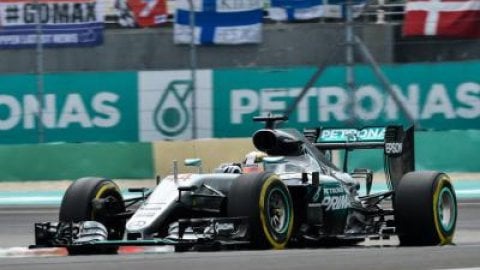
United States Grand Prix: Mercedes-AMG Petronas Formula 1 Team has redirected their focus for the remaining races of the 2024 season toward diagnosing a critical weak spot -- poor performance in slow-speed corners. Following a challenging season marked by inconsistency and an elusive podium finish streak, the team is working to ensure the issue doesn't carry into their 2025 challenger.
Since the summer break, Mercedes drivers George Russell and Lewis Hamilton have struggled to keep pace with competitors. Russell's podium at the Japanese Grand Prix in September remains the team's only top-three finish over the last seven races, despite introducing significant upgrades to the W15, most recently at the United States Grand Prix in Austin.
In the race debrief following the Sao Paulo Grand Prix, Andrew Shovlin, Mercedes' trackside engineering director, highlighted the issue. "Where we tend to be weak is in the slow-speed corners, particularly where there are interconnected turns. It’s in these corners, which require a lot of car rotation, that we struggle most," Shovlin was quoted by Sky Sports as saying.

